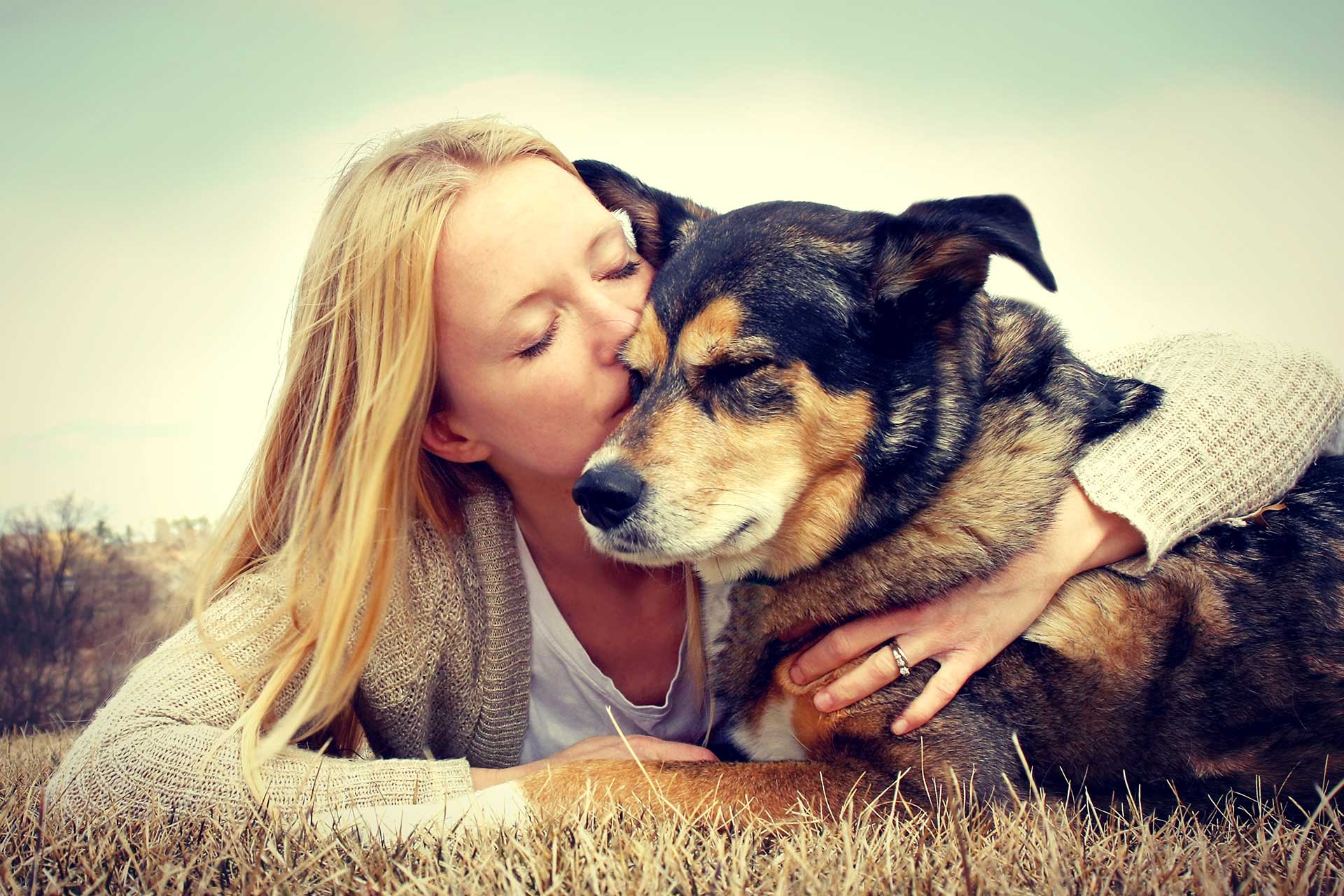When is a pet classified as being senior or mature?
Most dogs and cats are considered mature adults once they turn seven years old. However, large breed dogs age more quickly and are considered mature at 5-6 years of age.
What are some of the signs of aging that a pet owner should look out for?
Pet owners may notice changes to their pet’s appearance, such as some grey hairs appearing. Pets may also develop hearing loss and reduced vision.
Even if a mature pet does not appear old outwardly, certain changes are progressively occurring. These include changes in their organ systems, such as their immune system, digestive system and certain behavioural changes. Behavioural changes can include changes in their interactions with the family, changes in thinking, and confusion about where the door or bed is. It can be alterations in their sleeping patterns and toileting accidents when they were previously well toilet-trained. And with advancing age, there is also an increased risk of many age-related complications and disorders.
What care should I be providing to my aging pet?
All pets should be kept up-to-date with all preventative health care, regardless of age. This includes vaccinations, worming and flea control. Having a daily dental care routine for dogs and cats is vital to protect against dental disease. All pets should receive regular veterinary health checks and should be fed age appropriate nutrition.
Older pets should be groomed regularly to keep their coat healthy. This is particularly relevant to older cats with mobility issues who may struggle to groom. Regular grooming can help to stop painful matts from forming.
Why should I feed a senior or mature adult food to my pet?
Older animals often have decreased nutrient digestion and assimilation so it is important to feed a diet with easy-to-digest ingredients for a flavourful, nutritious meal. Older pets can be prone to weight gain as they are not burning as many calories exercising, so it is important to feed foods containing high quality protein to support lean muscles and help a mature pet maintain a healthy body condition. Senior diets also contain balanced minerals to support kidney and heart health, because excess minerals can lead to worsening of underlying disease.
Hill’s has a range of premium wellness foods for older cats and dog of every size and a variety of needs, including for pets aged 7+ and 11+. Hill’s Science Diet Senior Vitality range provides precisely balanced nutrition to help improve senior pet’s everyday ability to get up & go. It also contains a proprietary blend of ingredients to support brain health, interaction, energy & vitality and omega-3 and -6 fatty acids for a luxurious coat plus easy to digest ingredients for healthy digestion.
When should I switch to senior food?
Even if your pet is not showing any outward signs of ageing, they should still be transitioned to senior food at seven years for cats and small and medium dog breeds and six years for dogs that are more than 25kg. It is important to feed your pet food appropriate for their changing needs throughout their lifetime.
How frequently should we take our senior pet to the vet for a check-up?
The general consensus from veterinarians is that senior pets should be checked by the vet every six months (or more frequently if there are health concerns). Whilst it might seem frequent, it is only every four dog or cat years.
Check-ups are an opportunity to raise any concerns you might have, as well as have your vet perform a thorough physical examination of your pet. Your vet may also recommend blood and urine tests to screen for diseases. This gives you the best chance of detecting something early so that it can be treated or managed successfully.






